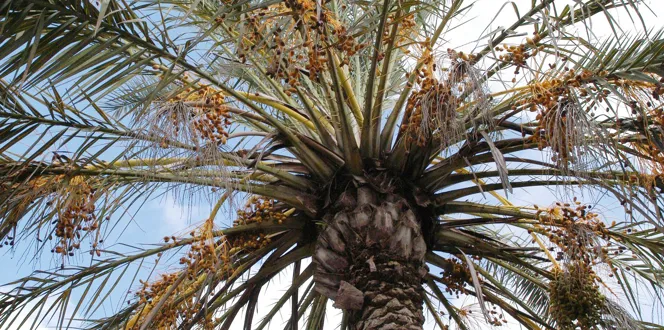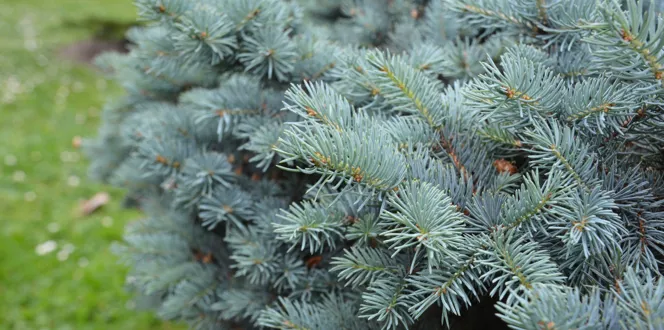Maple trees are stunning additions to the home landscape.
Their vibrant colors and distinct patterns make them exceptionally beautiful. They are also easy to grow and can tolerate drought fairly well. Some of the most popular include Japanese maples and red maples.
While a healthy maple tree’s stately shape and attractive foliage can boost your home’s curb appeal, an unhealthy one can certainly become concerning. A maple tree dying or looking less than stellar might become confusing as you try to figure out what the problem is and how you can save your tree.
Let’s look at these common signs of an unhealthy maple and how to save a dying maple tree to help you better protect and preserve your favorite home landscape trees.
Anthracnose
When cool, wet, spring weather occurs as maple leaves are first emerging leaves can be susceptible to a fungal disease called anthracnose.
Healthy trees may experience defoliation in spring and recover later in the season when a new set of leaves emerges. But if the conditions are right, the disease can be severe, leading to premature leaf drop and tree decline over time,
Removing infected leaves is an important part of how to save a dying maple tree from anthracnose, as well as maintaining tree vigor with, proper watering and mulching, and precise pruning to lessen disease impact.
Tar Spot
Brown or black spots are caused by fungi and the result is a disease known as tar spot. This disease, like many others, tends to occur when a lot of rain has been present.
Late spring and summer is when the spots begin, but they start out light green so they are less noticeable. By August, the spots become wider and thicker, resembling tar clumps on the leaves.
The good news about tar spot is it’s mostly a cosmetic problem for your tree. To help manage the tree’s health, you can rake and destroy the leaves after they fall in autumn to remove the tar spot’s fungal spores from the area.
Maple Decline
When asking yourself “why does my maple tree look like it’s dying?” you might also be witnessing a slow and general decline over the years.
This maple decline can happen if they aren’t taken care of properly, which means they aren’t getting the proper nutrients and water or are possibly suffering soil compaction or experiencing high soil pH. Over time, this can cause them to suffer, exhibiting very subtle signs.
A certified arborist can notice some of these signs early on and ensure the tree gets the right care to bounce back from this decline.
Common Maple Tree Pests
In addition to some diseases, insects can also bring about symptoms of an unhealthy maple.
Some of the most common ones to watch for include:
- Asian longhorn beetle – Active in pockets of the US, this invasive pest causes discolored leaves, and you might see round holes in the tree’s trunk or sawdust at the base or the tree or on branches as a result of the insects boring inside.
- Cankerworms - This insect can cause defoliation in shade trees like maples. They look for trees to settle into before winter to lay their eggs and then when the larvae emerge in early May, they begin to feed on leaves, leaving holes or a skeletonized leaf appearance.
- Aphids - With this pest, you might see yellow or curled leaves that are stressed from insect feeding or you could see black leaf surfaces as the result of sooty mold fungus that is attracted to the honeydew aphids excrete.
How To Save A Dying Maple Tree
When you realize your maple is unwell, you want to do what you can to save it.
Watering a tree properly is a good start, along with applying mulch to help preserve soil moisture and protect the tree’s roots.
If you notice signs of a disease or pest infestation, consulting with a professional arborist can confirm your suspicions and ensure you have a certified expert helping you treat or remove any infection or issue and providing all the next steps necessary to help you save your tree.







